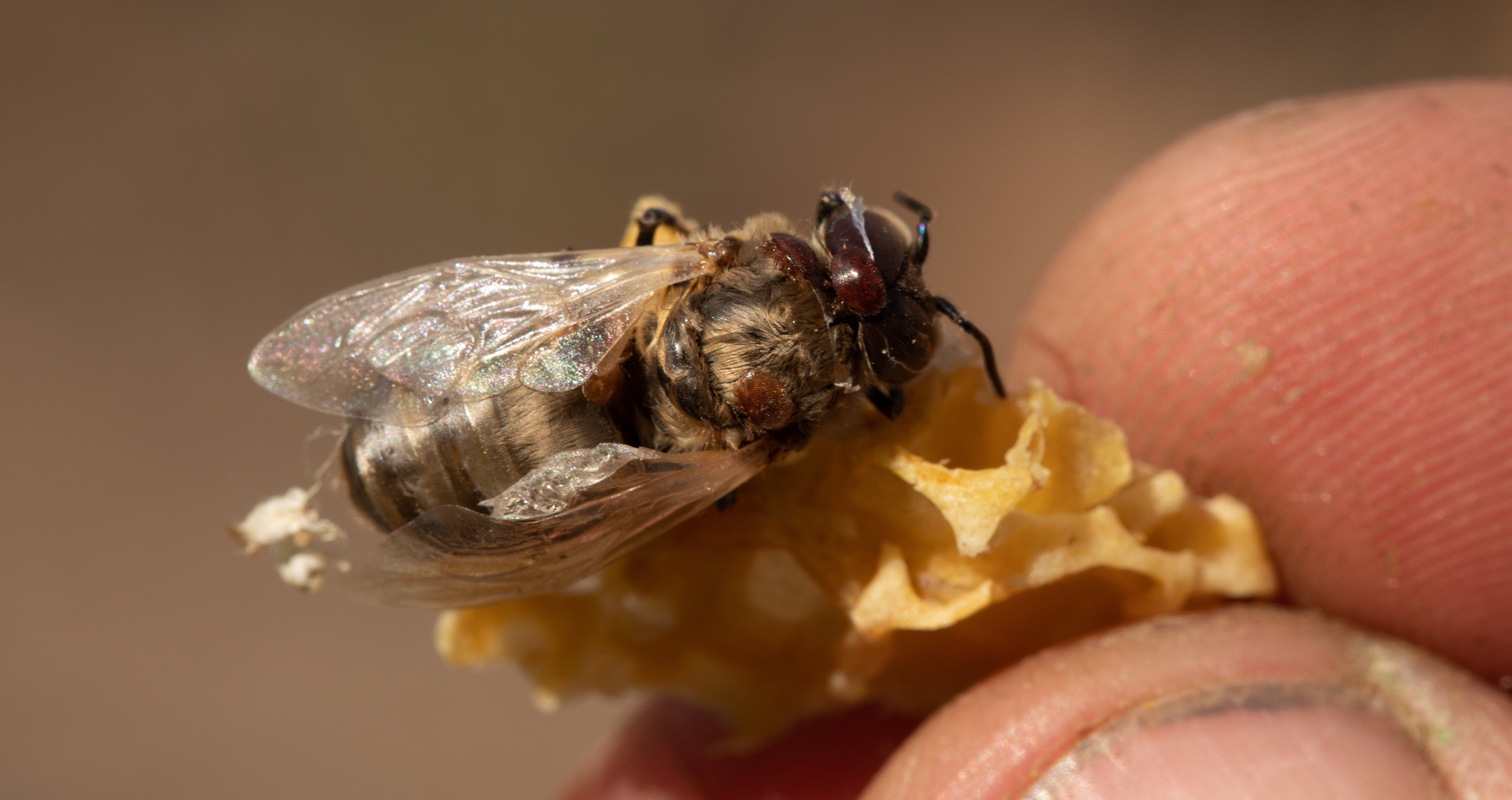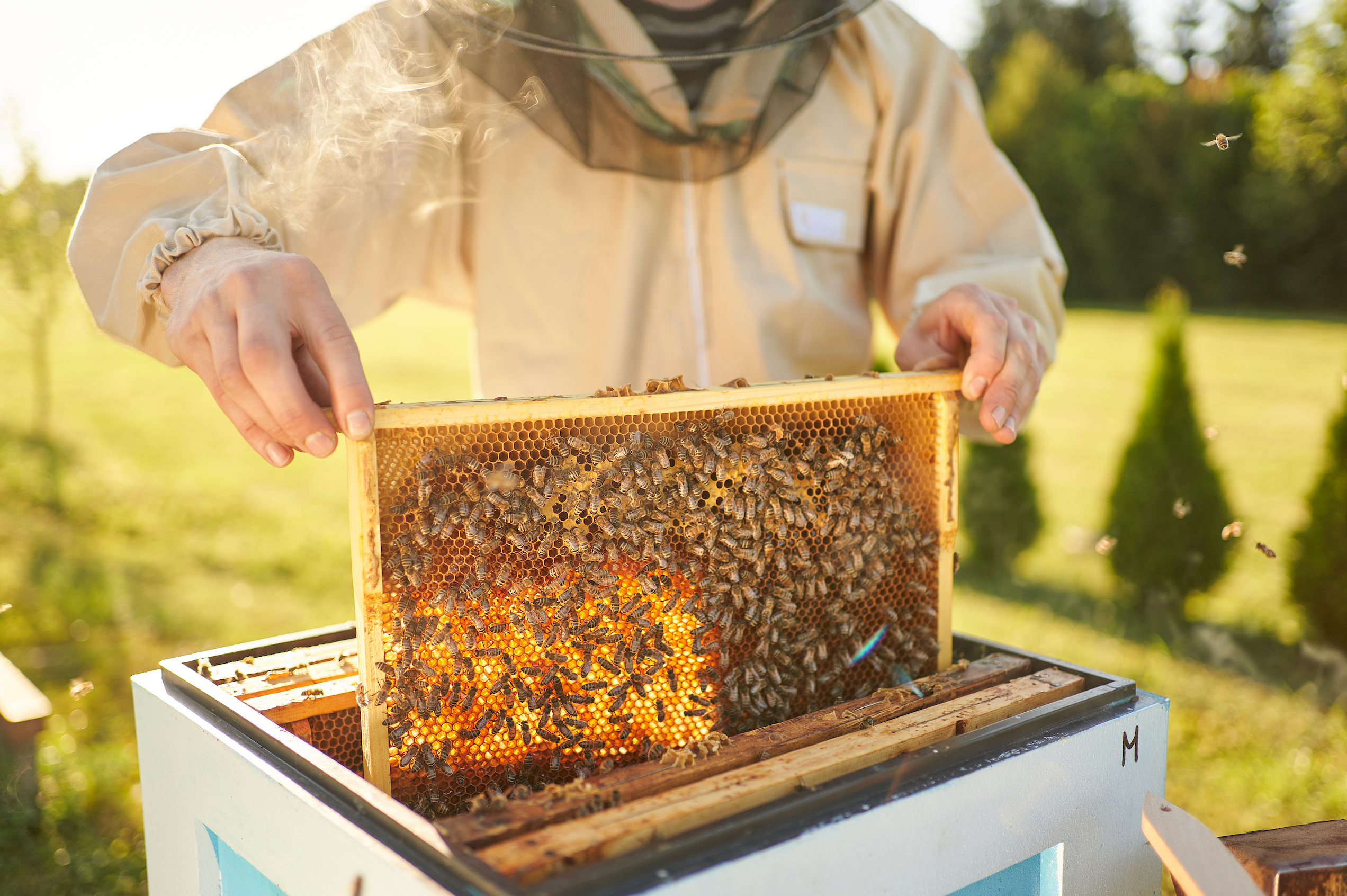Breeding Varroa-Resistant Bees: New Zealand's Breakthroughs
- New Zealand has explored both classical and genetic breeding methods for Varroa resistance.
- Early classical breeding efforts showed feasibility but faced cost and performance limitations.
- Recent genetic research identified specific genes conferring Varroa resistance.
- Colonies with queens carrying two sets of resistance genes showed a 30% reduction in Varroa levels.
- Genetic breeding offers a promising and more practical approach for Varroa control globally.
Introduction: Breeding for Varroa Resistance
In the relentless battle against the Varroa mite, beekeepers worldwide are exploring various methods to control this destructive pest. One promising avenue gaining attention is the breeding of Varroa-resistant bees. New Zealand has been at the forefront of this effort, employing both classical breeding methods and, more recently, cutting-edge genetic research to enhance resistance. This blog delves into the methods used and the surprising results obtained, with potential implications for beekeepers globally.
Classical Breeding: The Early Efforts
Early attempts to breed Varroa-resistant bees involved classical breeding methods. This labor-intensive process included catching virgin queens and drones, followed by artificial insemination. The goal was to select colonies capable of survival in the presence of Varroa. While these efforts demonstrated the feasibility of selecting resistant colonies, the high cost and suboptimal performance of resulting queens limited their widespread adoption.
The Quest for Genetic Solutions
In a bid to find more practical solutions, recent research in New Zealand has delved into the genetics of Varroa resistance. Harnessing modern genetic techniques, scientists sought to identify specific genes that confer resistance to Varroa. Initial studies focused on a gene identified in a case trial and laboratory settings, hinting at possible benefits for Varroa control.
Surprising Results from Genetic Breeding
Queens with two sets of the identified resistance genes were introduced into colonies, and the results were unexpectedly positive. Colonies headed by these queens showed a 30 percent reduction in Varroa levels compared to those without the selected genes. This breakthrough indicates that breeding for resistance at the genetic level could be a game-changer in Varroa control, offering a sustainable long-term solution.
What This Means for Beekeeping
The success of genetic breeding for Varroa resistance in New Zealand offers a beacon of hope for beekeepers worldwide, including Australia. This research suggests that a future where bees are naturally more resilient to Varroa mites is within reach. By focusing on genetic solutions, beekeepers can move towards more sustainable and integrated pest management strategies, ultimately benefiting bee health and honey production.
Summary of Key Takeaways
- New Zealand's efforts in breeding Varroa-resistant bees have progressed from classical methods to genetic breakthroughs.
- Initial breeding was costly and limited, but modern genetic research is yielding promising results.
- Identification of specific resistance genes led to a remarkable 30% reduction in Varroa levels in test colonies.
- Genetic breeding offers a sustainable and impactful long-term solution for Varroa mite control.
Ready to Protect Your Hives?

Ecrotek Australia provides the essential tools and knowledge for effective Varroa mite management. From precision detection kits to complete treatment options, we are dedicated to helping you maintain healthy and productive colonies.
Shop Varroa Mite ProductsAlternatively, contact our team today for personalized advice on Varroa mite management solutions tailored to your beekeeping operation.


